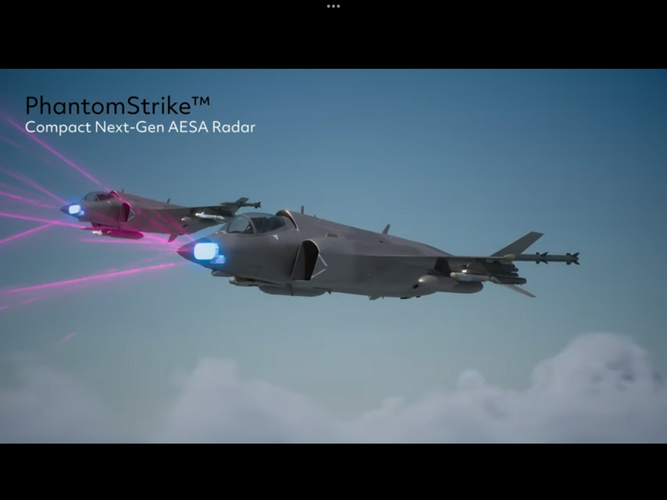Scott Kenny
ACCESS: USAP
- Joined
- 15 May 2023
- Messages
- 11,055
- Reaction score
- 13,275
1) new energetics/rocket fuel and ditching the warhead entirely for a "hittile" design (direct impact with ~150-200lbs of missile), plus smaller electronics to make the seeker smaller and lighter as well. So the overall missile is basically nothing more than a seeker head strapped onto a highly energetic rocket and gets kills via direct impact with the target.On the part in bold, what's so unique about 'halfRAAM' that allows it to match AIM-120 range in half the form factor and that prevents the AF to use a similar technology to get a AMRAAM sized profile that has double the range of HalfRAAM?
2) the technology doesn't prevent the existence of an AMRAAM-sized weapon with ~twice the range. In fact, I suspect that the AIM-260 is the new energetics in an AMRAAM-sized motor, with a solid DACS for terminal maneuverability after the sustainer burns out.
Because we're still in the Increment 1 stage of the CCAs. "Figure out how they really work in practice, now how doctrine says they're supposed to work"A highly stealthy CCA that can preserve 'first shot' or survive enough to get a kill and be a credible threat vs other red-platforms that may potentially be carrying weapons that can outstick it would be a good capability to have. I don't see that anywhere in terms of what's being proposed right now. Perhaps that will change down the road.
If it's possible to make a super stealthy supersonic CCA that's cheap, then there's reasons to load them with halfRAAMs. If you can't make the CCAs super stealthy, though, you're probably better off arming them with AIM-260s to have more reach.
I believe that the AIM-260 rocket spiraled out of the CUDA/Peregrine development, yes. I think the AIM-260 does keep a warhead, however.Wouldn't the AIM-260 be that? Not exacly twice the range as an AIM-120C, but relatively close.



